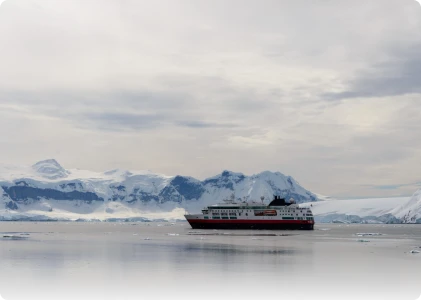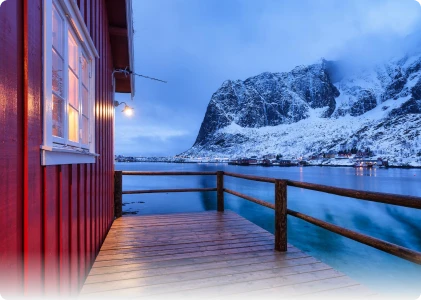Antarctica is a pristine wilderness teeming with diverse wildlife and natural wonders, making it a paradise for nature enthusiasts. During tours, travelers have the opportunity to encounter a variety of species, including penguins, seals, whales, and seabirds, in their natural habitats. The iconic penguins, such as the Adélie, Gentoo, and Chinstrap, fascinate with their comical antics and graceful swimming. Seals, including the Weddell, Leopard, and Elephant seals, bask on ice floes and beaches, while majestic whales, like the humpback and orca, breach the icy waters. Seabirds, including albatrosses, petrels, and skuas, soar overhead, adding to the spectacle of Antarctica's skies. As stewards of this fragile ecosystem, it's essential to follow responsible wildlife viewing guidelines to minimize disturbance to natural habitats. Keep a respectful distance from wildlife, avoid loud noises, and refrain from feeding or approaching animals. By observing these guidelines, travelers can enjoy unforgettable wildlife encounters while preserving the pristine beauty of Antarctica for future generations to appreciate.



